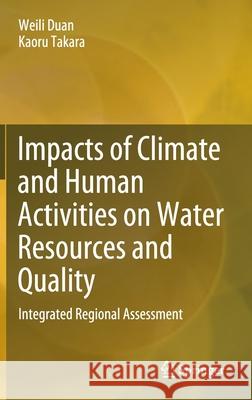Impacts of Climate and Human Activities on Water Resources and Quality: Integrated Regional Assessment » książka
topmenu
Impacts of Climate and Human Activities on Water Resources and Quality: Integrated Regional Assessment
ISBN-13: 9789811393938 / Angielski / Twarda / 2020 / 183 str.
Impacts of Climate and Human Activities on Water Resources and Quality: Integrated Regional Assessment
ISBN-13: 9789811393938 / Angielski / Twarda / 2020 / 183 str.
cena 564,88
(netto: 537,98 VAT: 5%)
Najniższa cena z 30 dni: 539,74
(netto: 537,98 VAT: 5%)
Najniższa cena z 30 dni: 539,74
Termin realizacji zamówienia:
ok. 22 dni roboczych.
ok. 22 dni roboczych.
Darmowa dostawa!
Kategorie BISAC:
Wydawca:
Springer
Seria wydawnicza:
Język:
Angielski
ISBN-13:
9789811393938
Rok wydania:
2020
Wydanie:
2020
Numer serii:
000436149
Ilość stron:
183
Waga:
0.45 kg
Wymiary:
23.39 x 15.6 x 1.27
Oprawa:
Twarda
Wolumenów:
01
Dodatkowe informacje:
Wydanie ilustrowane











